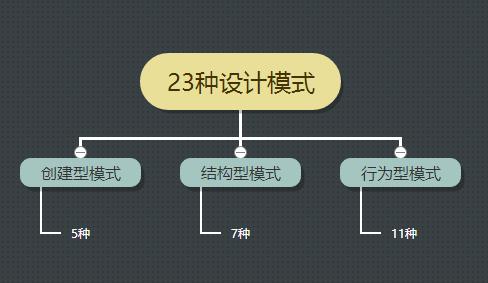
Automated Driving (AD) systems have the potential to increase safety, comfort and energy efficiency. Recently, major automotive companies have started testing and validating AD systems (ADS) on public roads. Nevertheless, the commercial deployment and wide adoption of ADS have been moderate, partially due to system functional insufficiencies (FI) that undermine passenger safety and lead to hazardous situations on the road. FIs are defined in ISO 21448 Safety Of The Intended Functionality (SOTIF). FIs are insufficiencies in sensors, actuators and algorithm implementations, including neural networks and probabilistic calculations. Examples of FIs in ADS include inaccurate ego-vehicle localization on the road, incorrect prediction of a cyclist maneuver, unreliable detection of a pedestrian, etc. The main goal of our study is to formulate a generic architectural design pattern, which is compatible with existing methods and ADS, to improve FI mitigation and enable faster commercial deployment of ADS. First, we studied the 2021 autonomous vehicles disengagement reports published by the California Department of Motor Vehicles (DMV). The data clearly show that disengagements are five times more often caused by FIs rather than by system faults. We then made a comprehensive list of insufficiencies and their characteristics by analyzing over 10 hours of publicly available road test videos. In particular, we identified insufficiency types in four major categories: world model, motion plan, traffic rule, and operational design domain. The insufficiency characterization helps making the SOTIF analyses of triggering conditions more systematic and comprehensive. Based on our FI characterization, simulation experiments and literature survey, we define a novel generic architectural design pattern Daruma to dynamically select the channel that is least likely to have a FI at the moment.
翻译:暂无翻译



